GUIDECracking CCaaS: What you need to know about Contact Center as a Service
Whether you’re deep-diving into the world of customer support and sales, or just looking to sprinkle some magic into your business interactions, Contact Center as a Service (CCaaS) stands as a versatile ally. Let’s explore how this revolutionary approach can transform your customer service into an unforgettable experience.
Demo LivePerson’s LP 360 approachExplore the guide below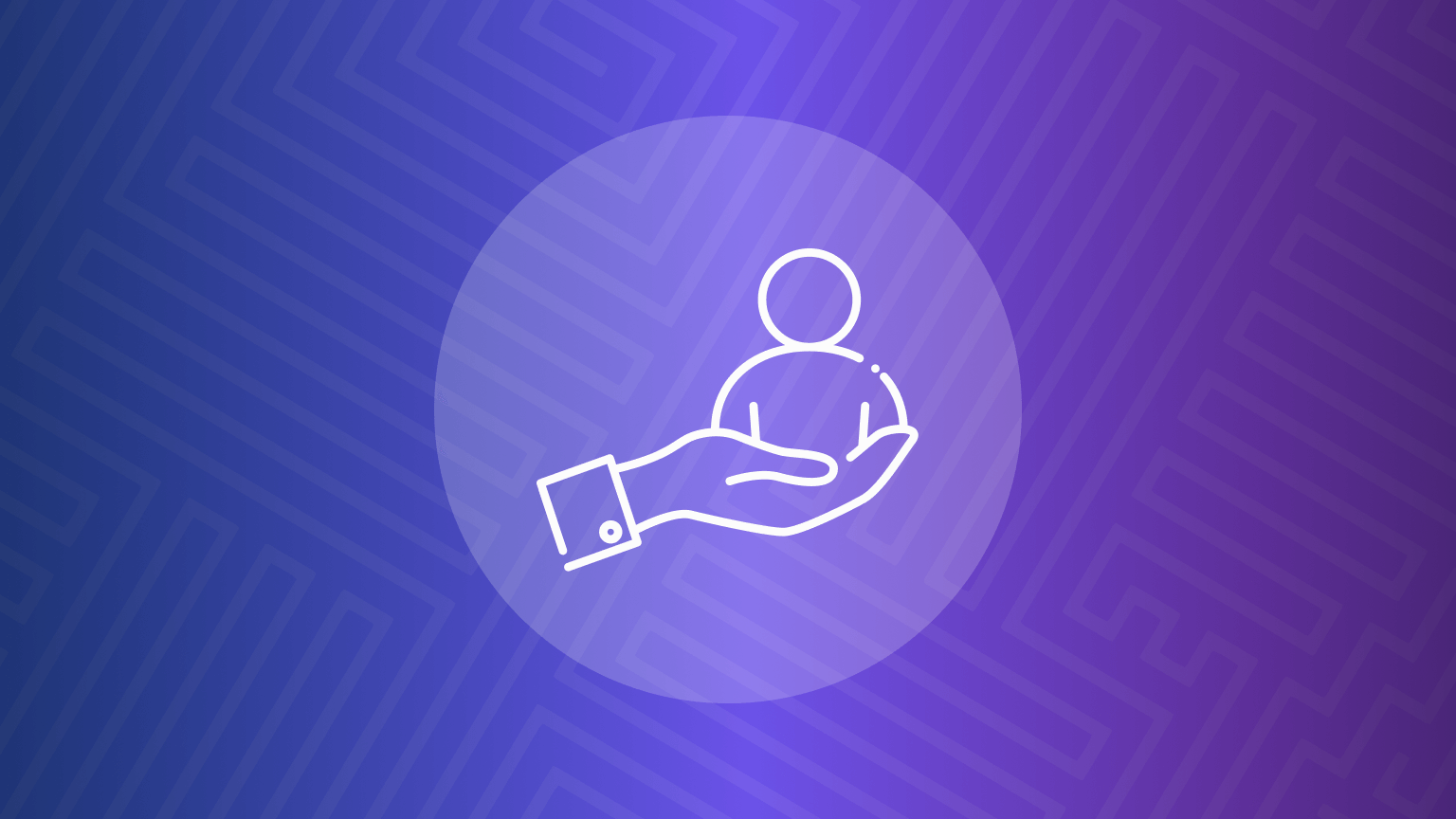
Welcome to the world of CCaaS, where customer interactions are not just conversations, but key opportunities to enhance your business’s engagement and service quality. With the right approach, CCaaS solutions can transcend traditional call center models, emerging as cloud-based powerhouses that redefine the way businesses connect with their customers. This guide serves as your comprehensive introduction to the world of contact center managed services, offering insights into how it can transform your customer communication into memorable and impactful conversations.
Dig deeperWhat is Contact Center as a Service?
Contact Center as a Service is a cloud-based solution that empowers businesses to manage customer interactions seamlessly across various channels within a comprehensive platform. It’s the modern approach for businesses aiming to elevate their customer service game without the complexities of traditional call center infrastructure. CCaaS offers a range of functionalities, including call routing, Interactive Voice Response (IVR), multi-channel support (such as voice, email, and chat), CRM integration, analytics, and more.
In the broader landscape of cloud-based communication, CCaaS is complemented by UCaaS (Unified Communications as a Service) and CPaaS (Communication Platform as a Service), each serving distinct purposes. While CCaaS is specifically designed for managing customer engagement in contact centers, UCaaS focuses on internal communication and collaboration tools for organizations, and CPaaS offers a developer-focused environment for crafting custom communication applications. These services collectively represent the diverse spectrum of modern cloud-based communication solutions, each playing a crucial role in today’s digital-first business environment.
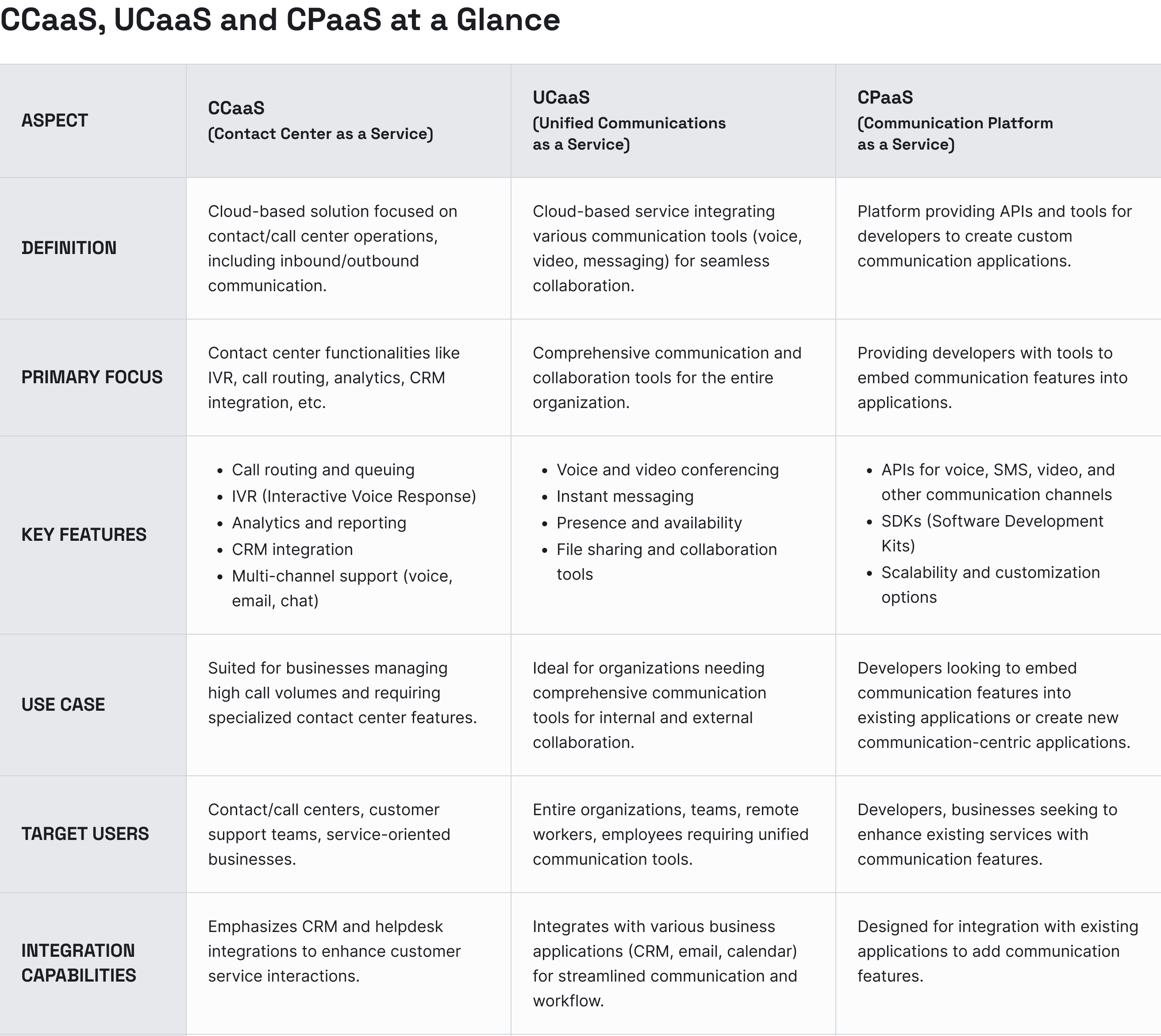
Contact center options, history, and trends
Contact Center as a Service (CCaaS) grew and blossomed from traditional, hardware-centric call centers, gradually integrating technological advancements and shifting toward cloud-based contact center solutions. Let’s take a brief journey through this transformation:
In their early days, call centers were equipped with basic telephony systems to handle inbound and outbound calls. These call centers relied on on-premises hardware and software, often facing challenges in scalability and flexibility.
As technology advanced, contact centers expanded beyond voice calls to incorporate emails, faxes, and later, web-based chats. Software solutions were developed to manage these multiple communication channels within a single, unified platform.
The advent of cloud computing marked a significant shift. Businesses began moving away from traditional on-premises hardware, adopting cloud-based contact center software instead. This pivotal transition allowed for increased scalability, flexibility, and cost-effectiveness.
CCaaS emerged as a specialized service, offering a suite of contact center functionalities via cloud technology. Features such as IVR, call routing, analytics, CRM integration, and multi-channel support became more accessible with these cloud contact centers, enabling businesses to leverage advanced contact center capabilities without heavy investments in infrastructure.
In the modern era, CCaaS platforms have started incorporating artificial intelligence (AI) and advanced analytics. The introduction of AI-driven technologies like chatbots, sentiment analysis, and predictive analytics marked a leap in enhancing customer interactions, boosting efficiency and customer satisfaction.
Another significant advancement has been the adoption of an omnichannel customer messaging platform and communication strategy. This approach allows customers to interact with businesses seamlessly across multiple channels — voice, email, chat, social media, and more — ensuring a cohesive and unified customer experience across all touchpoints.






Who uses CCaaS?
Businesses across different sectors leverage CCaaS to create tailored customer interactions and improve service delivery. Here’s just a handful of examples of how CCaaS works in some industries:

Retail & e-commerce
In the fast-paced world of retail, CCaaS serves as a vital tool for managing customer inquiries coming from multiple channels. The solution integrates these channels, empowering agents to efficiently respond to customer queries, provide personalized assistance, and manage real-time order tracking and seamless returns. This comprehensive approach fosters proactive customer engagement to keep customers happy.
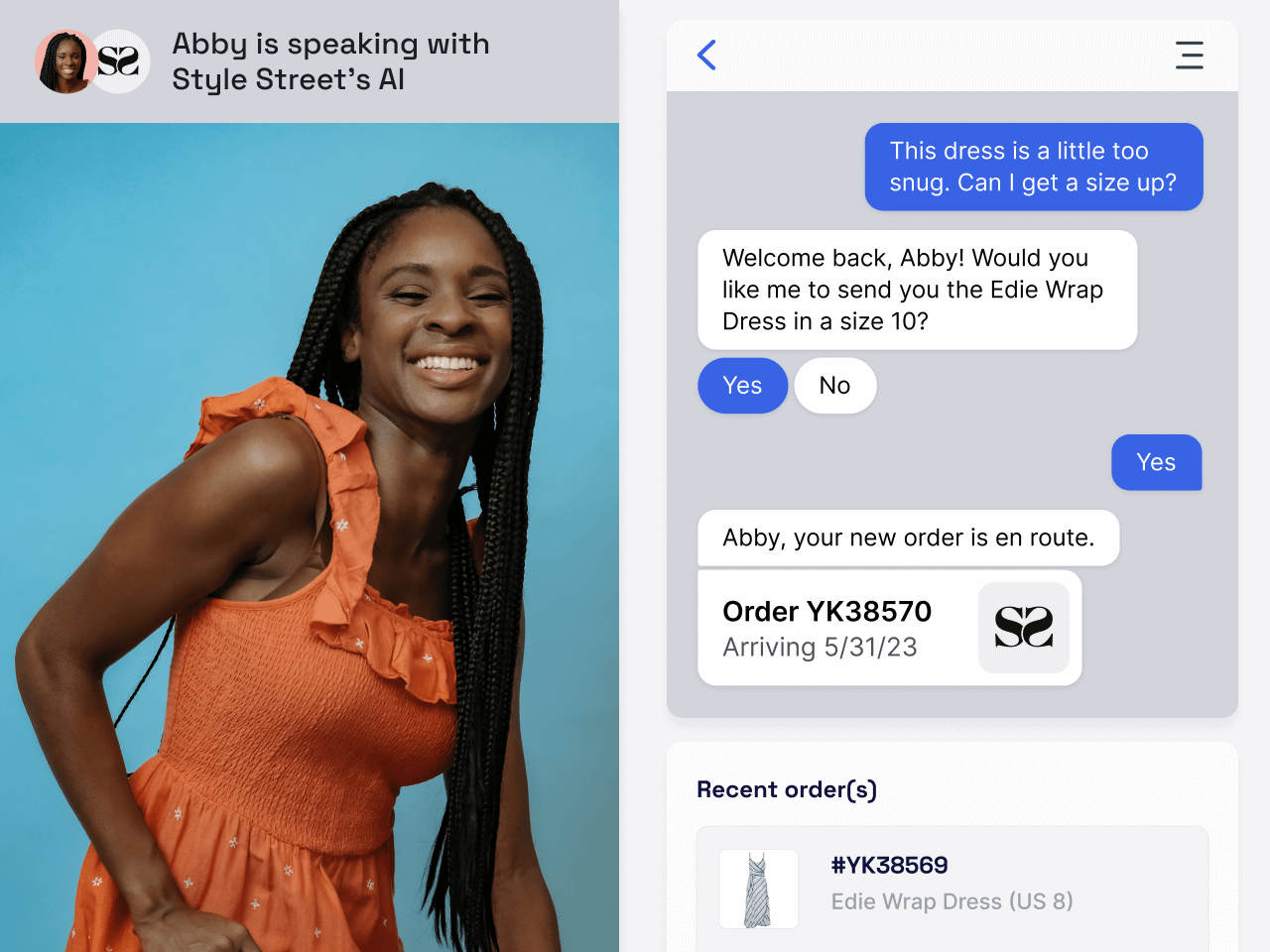

Telecommunications
For telecom companies, CCaaS streamlines the handling of billing inquiries, service activations, and technical support. Features like IVR, intelligent call routing, and integration with CRM systems enable a more personalized and effective customer interaction, tailored to individual histories and preferences.
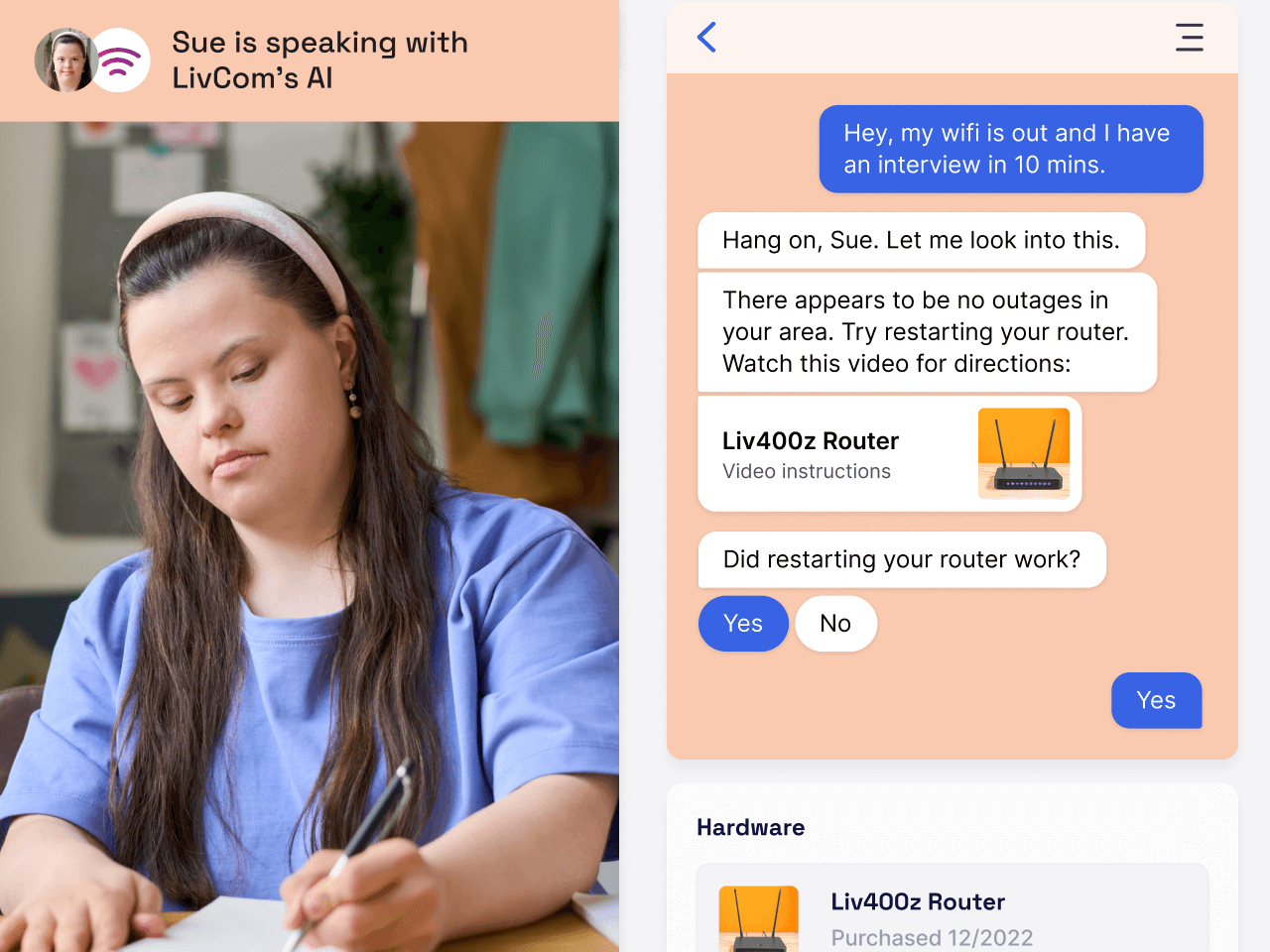

Healthcare
Healthcare providers use CCaaS to manage patient interactions, appointment scheduling, and prescription refills. The platform’s ability to integrate with existing healthcare systems ensures secure communication channels for sensitive information and adherence to healthcare regulations, thereby supporting the delivery of high-quality care and patient support.
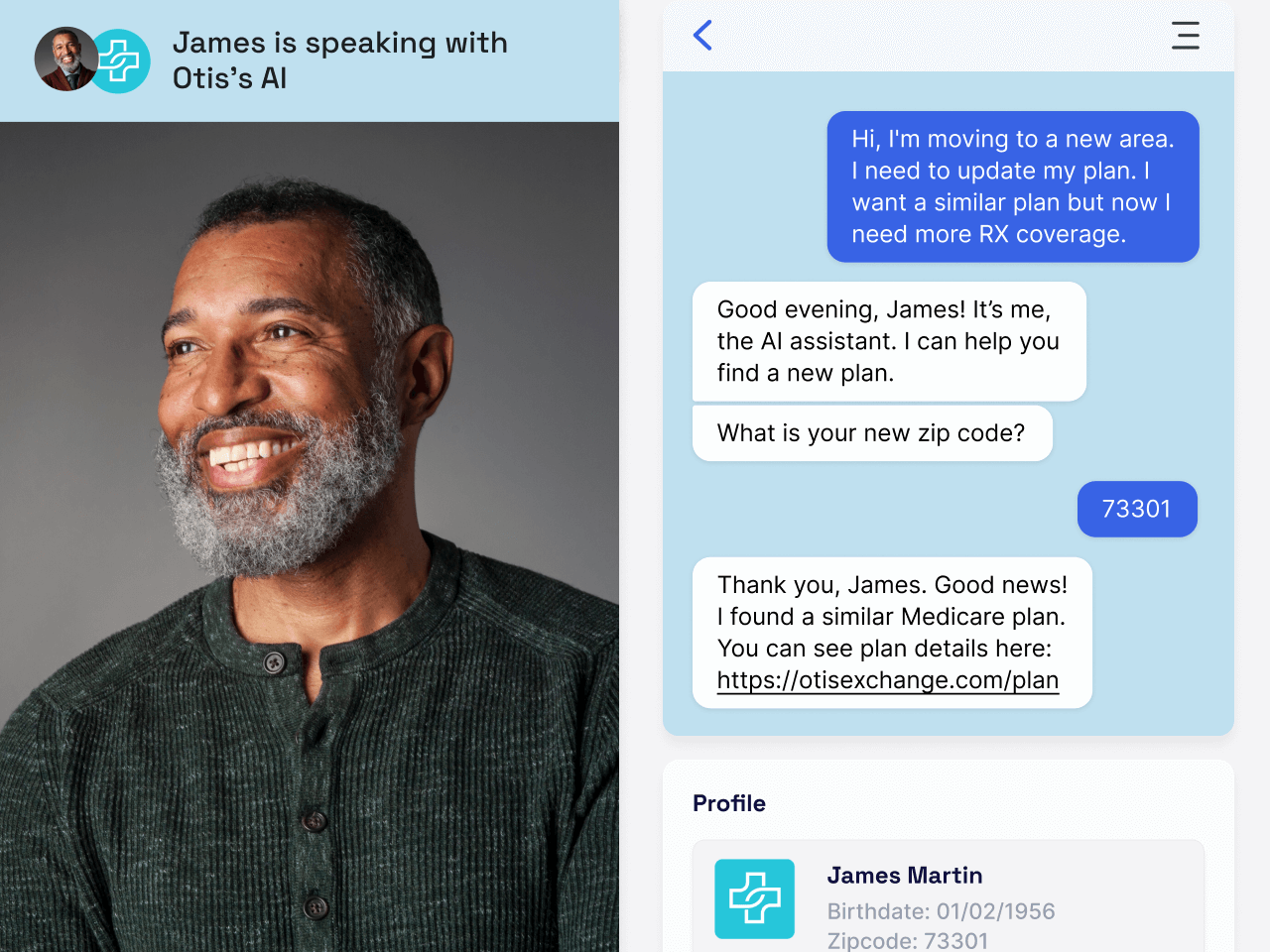

Travel & hospitality
The hospitality and travel industry employs CCaaS to streamline reservations, questions, and support services. This solution enables agents in hotels and travel agencies to efficiently manage booking changes, provide travel information, and assist customers through phone calls, email, live chat, and more, ensuring smooth communication throughout the traveler journey.
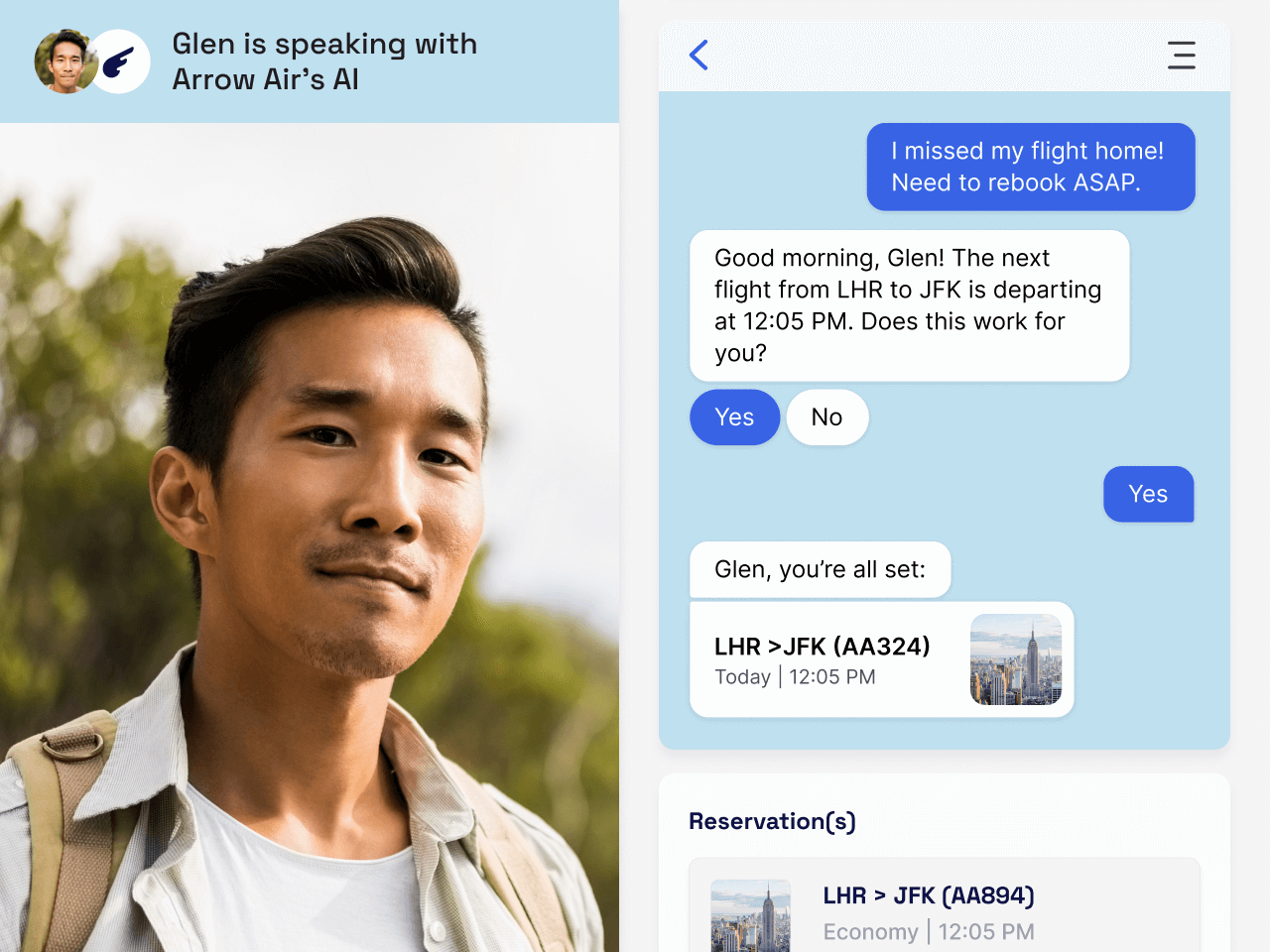

Financial services
For banks and financial institutions, CCaaS is a key component in managing customer inquiries related to account services, loan processes, fraud detection, and more. The CCaaS platform integrates with banking systems, providing secure authentication and offering prompt, multi-channel support, reinforcing trust and loyalty.
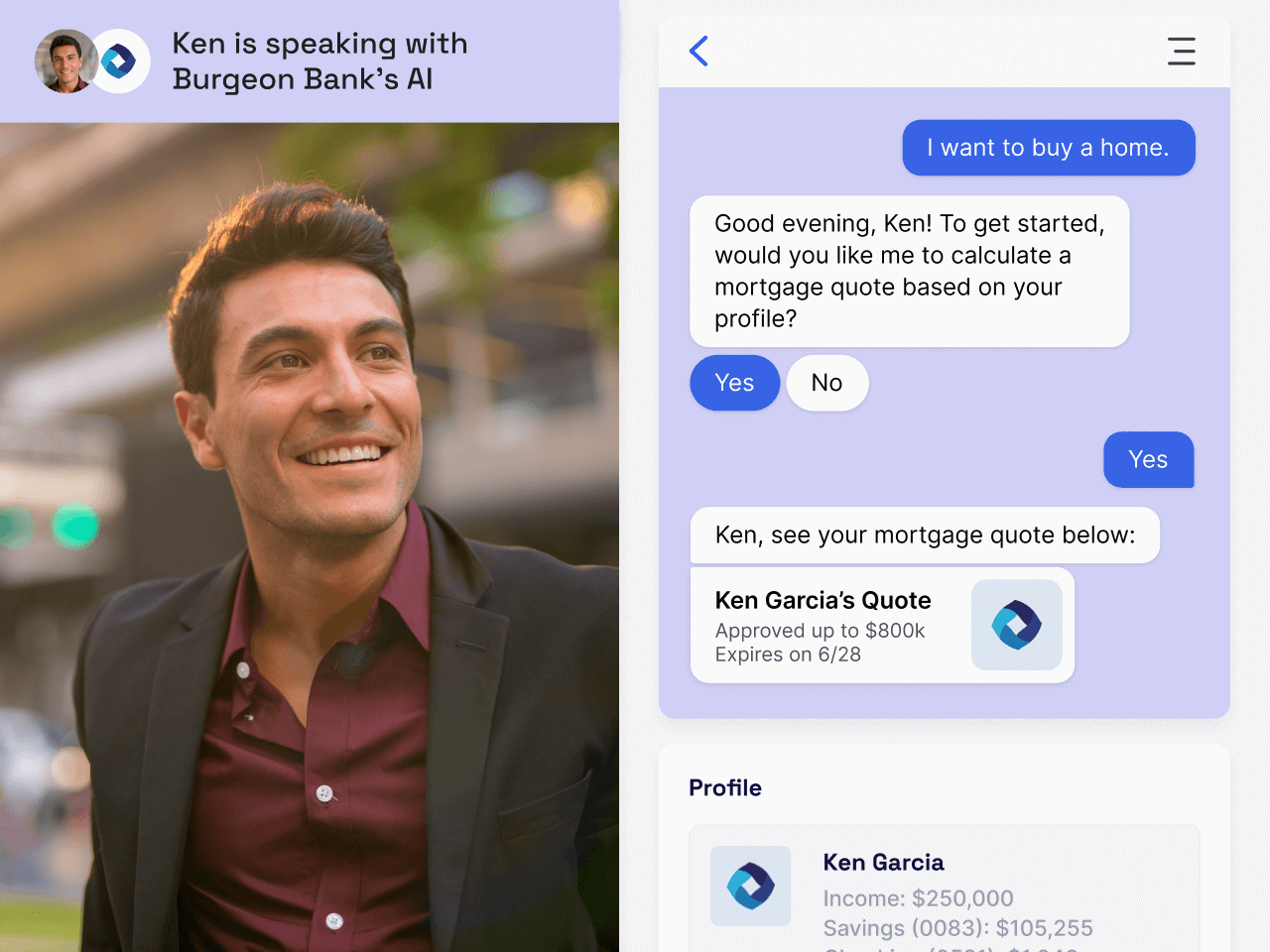
lp 360
The LivePerson competitive advantage
LP 360 is an AI-driven, end-to-end enterprise managed services offering where LivePerson provides the people, the platform, and the guaranteed performance outcomes that you define. Below, we delve into the features that define LP 360’s advantage in the market, underpinned by real-world successes that highlight its transformative impact:
LP 360 provides businesses with access to specialized personnel such as AI strategists and conversation designers, ensuring that conversational AI strategies are not only meticulously crafted but also continuously optimized. This bespoke approach is pivotal for brands that demand a nuanced and sophisticated engagement model.
The service streamlines the integration and management of conversational AI, offering everything from AI chatbot development to quality assurance. With LP 360, businesses can rest assured that every aspect of their conversational AI strategy is being handled by experts, leading to more refined and effective customer conversations.
LP 360’s impact on operational efficiency is evident in its success stories, such as that of a top North American telecom company that achieved a 30% reduction in OpEx and a significant increase in CSAT, demonstrating the tangible benefits.
The platform’s agility in deployment enables businesses to quickly adapt to market demands, ensuring that the time-to-value is dramatically reduced from kickoff to launch. This swift go-to-market strategy has been a game-changer for businesses looking to lead in customer experience.
With LP 360, the focus on data analytics means businesses have access to deep insights that drive strategic decisions, including use of LivePerson’s conversational intelligence suite. This analytical approach has led to outcomes like a 45% chatbot containment rate and a 33-point increase in NPS scores over nine months, as seen in the success with the North American telco.
This feature of LP 360 has transformed the dreaded wait times on IVR into a seamless transition to digital messaging channels, enhancing customer experience while ensuring cost-efficiency. By leveraging conversational shifting, businesses can significantly reduce the volume of costly phone calls.
The automation capabilities of LP 360 are designed to transform contact centers, not merely augment them. With a focus on scalability and the use of proprietary AI tools, businesses can automate a significant portion of their interactions, leading to increased efficiency and customer engagement.
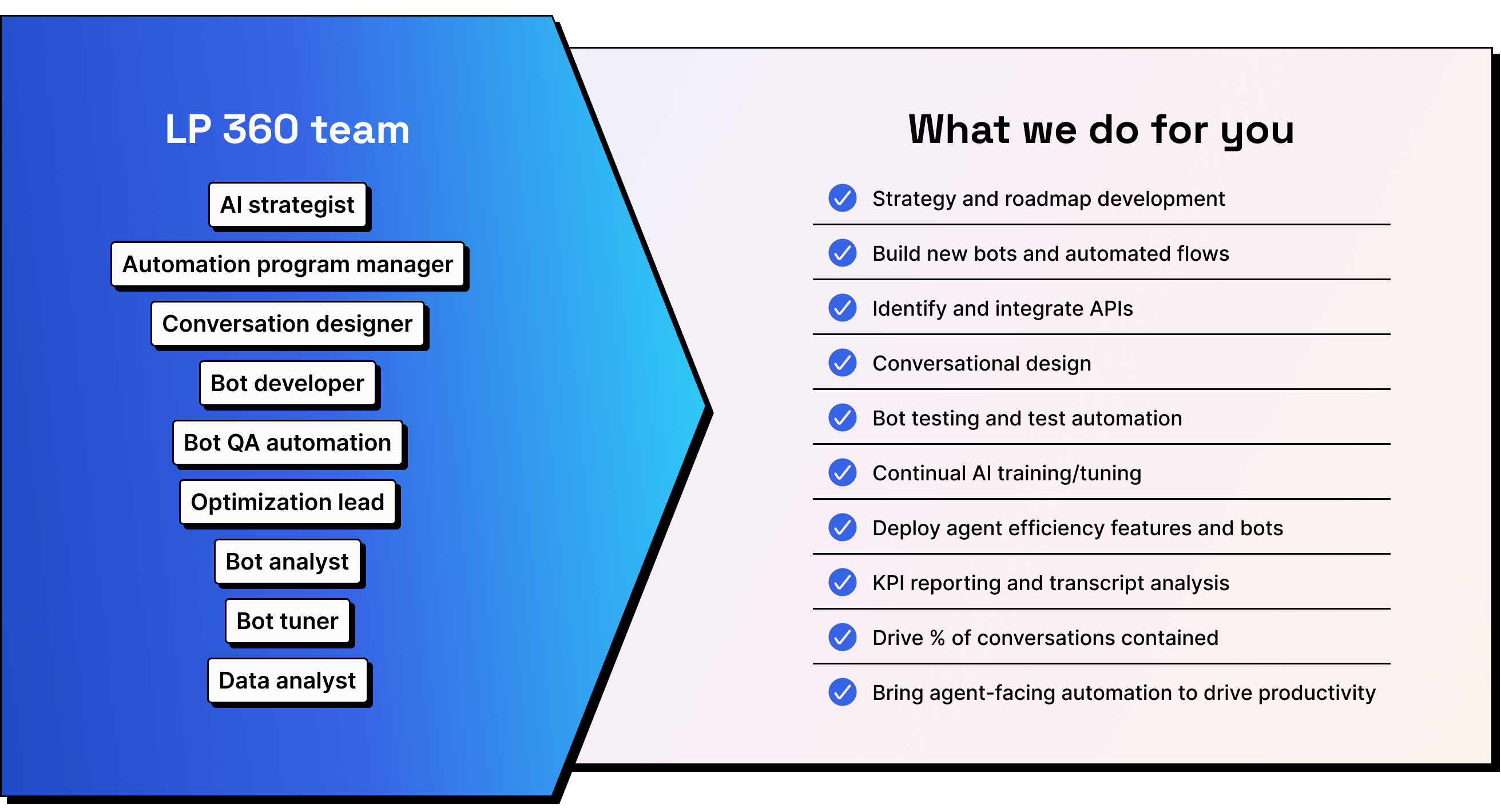
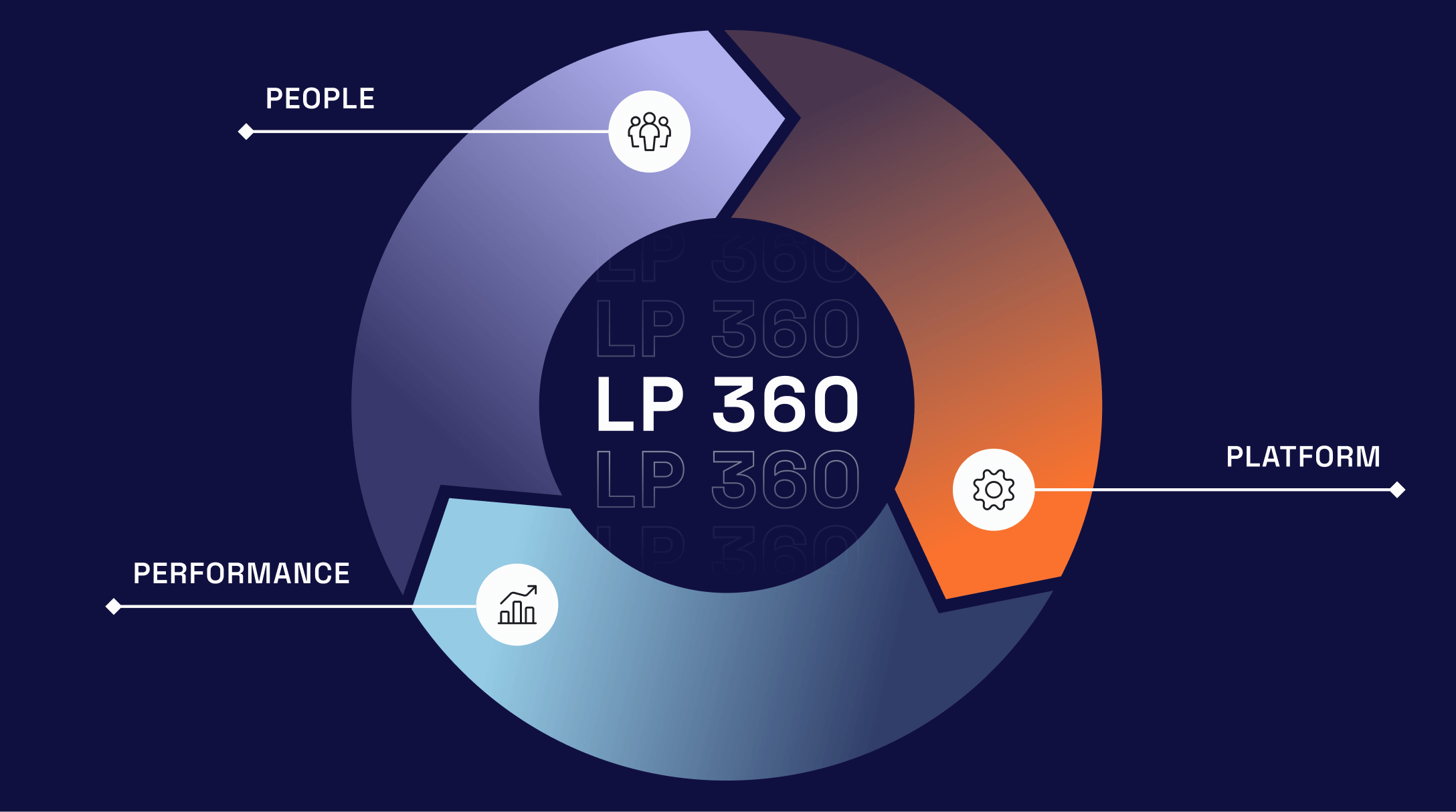
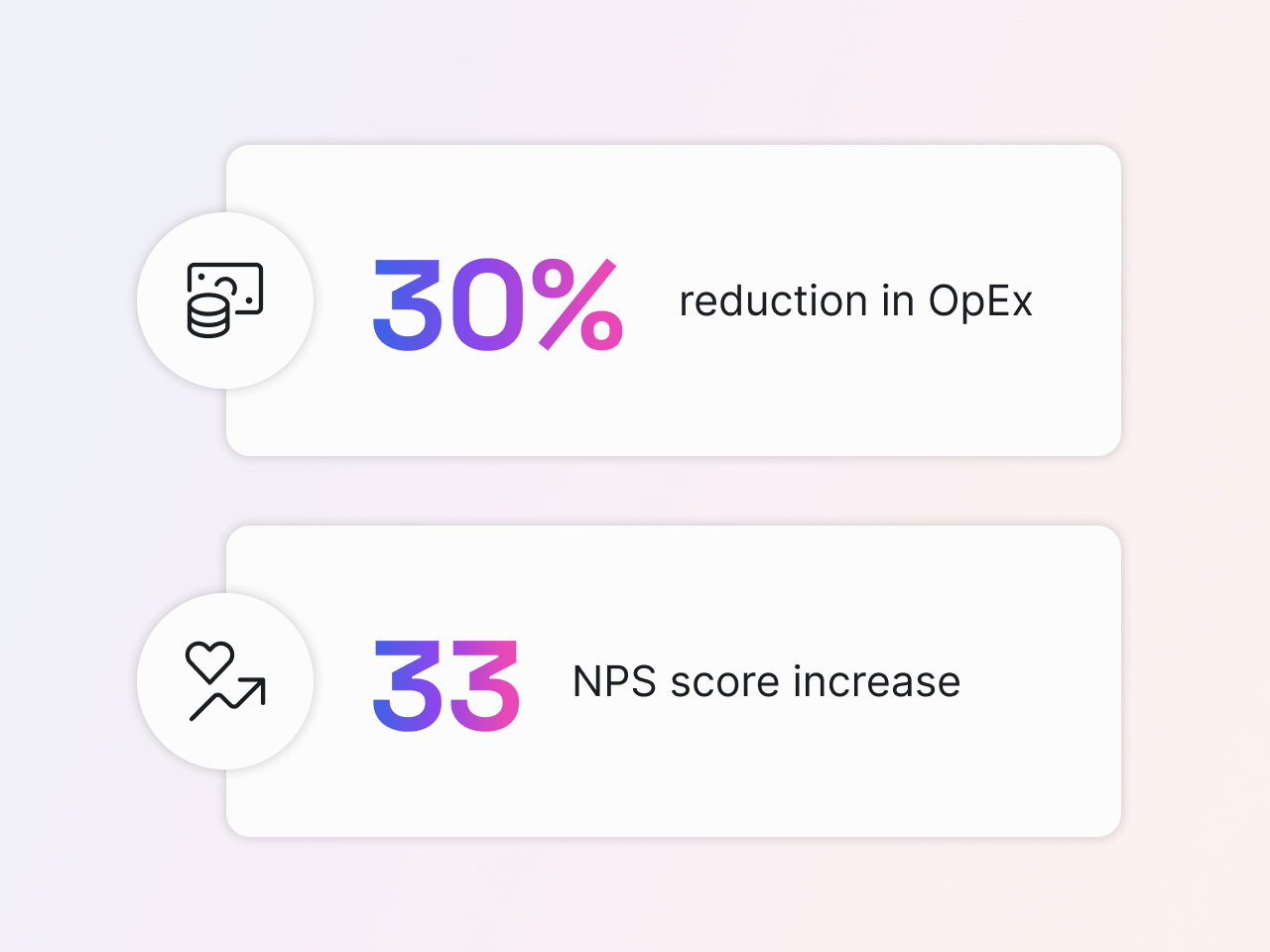
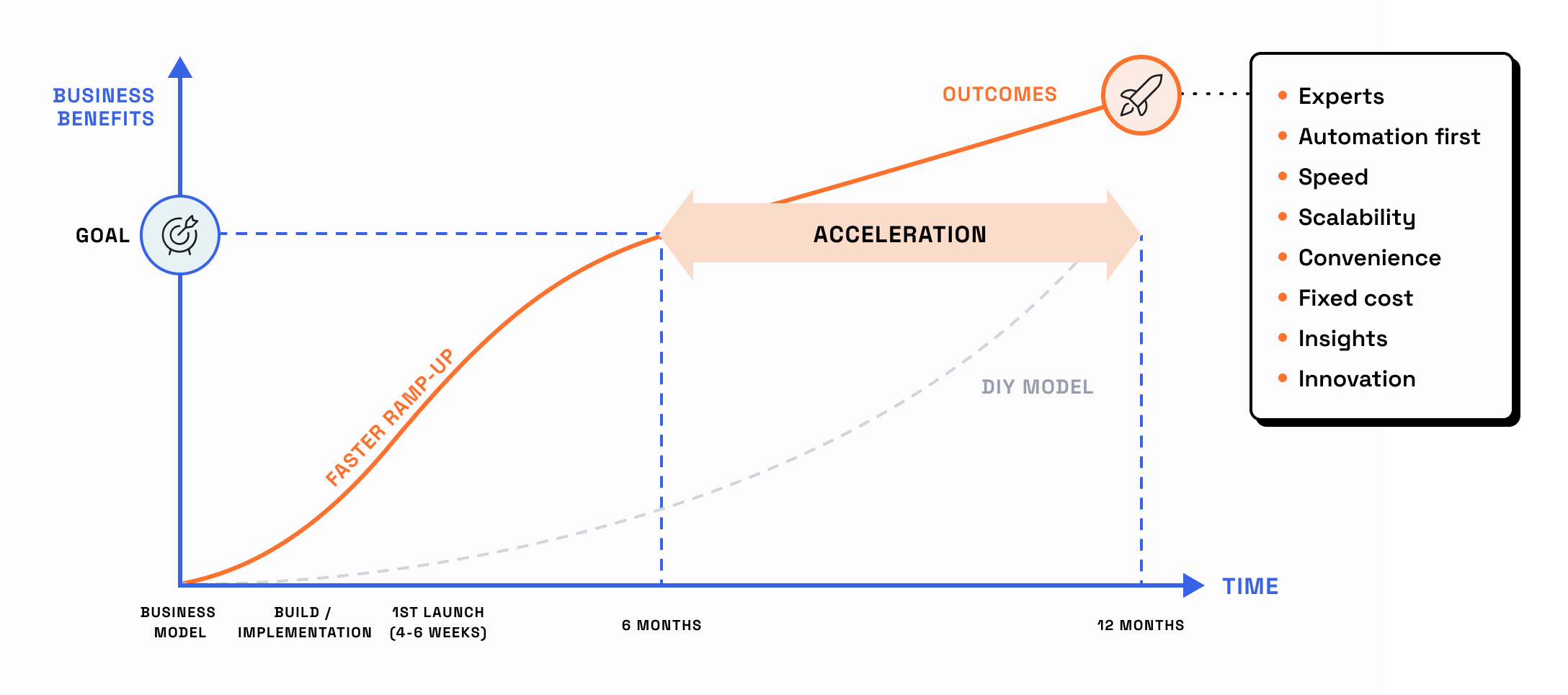
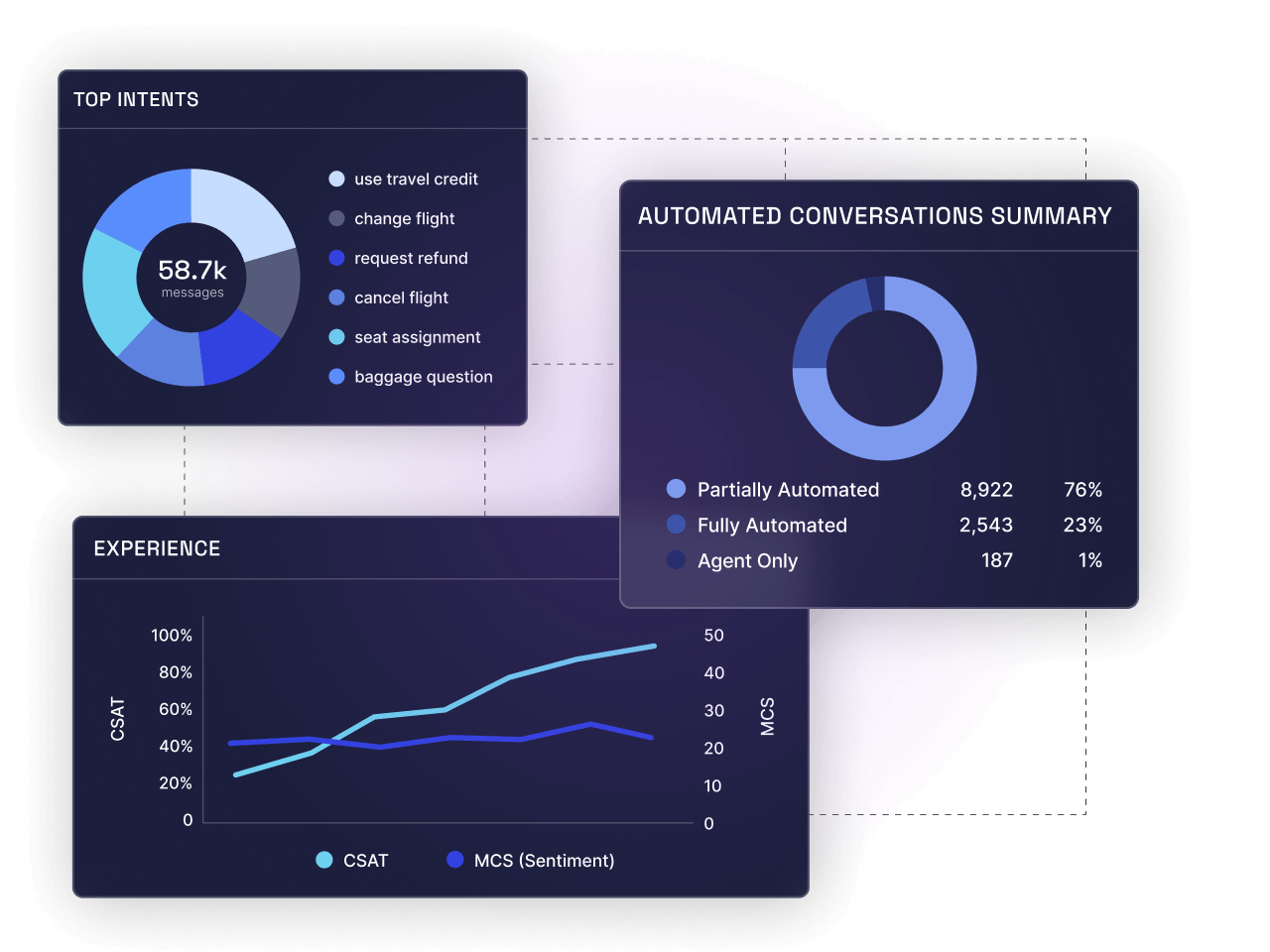
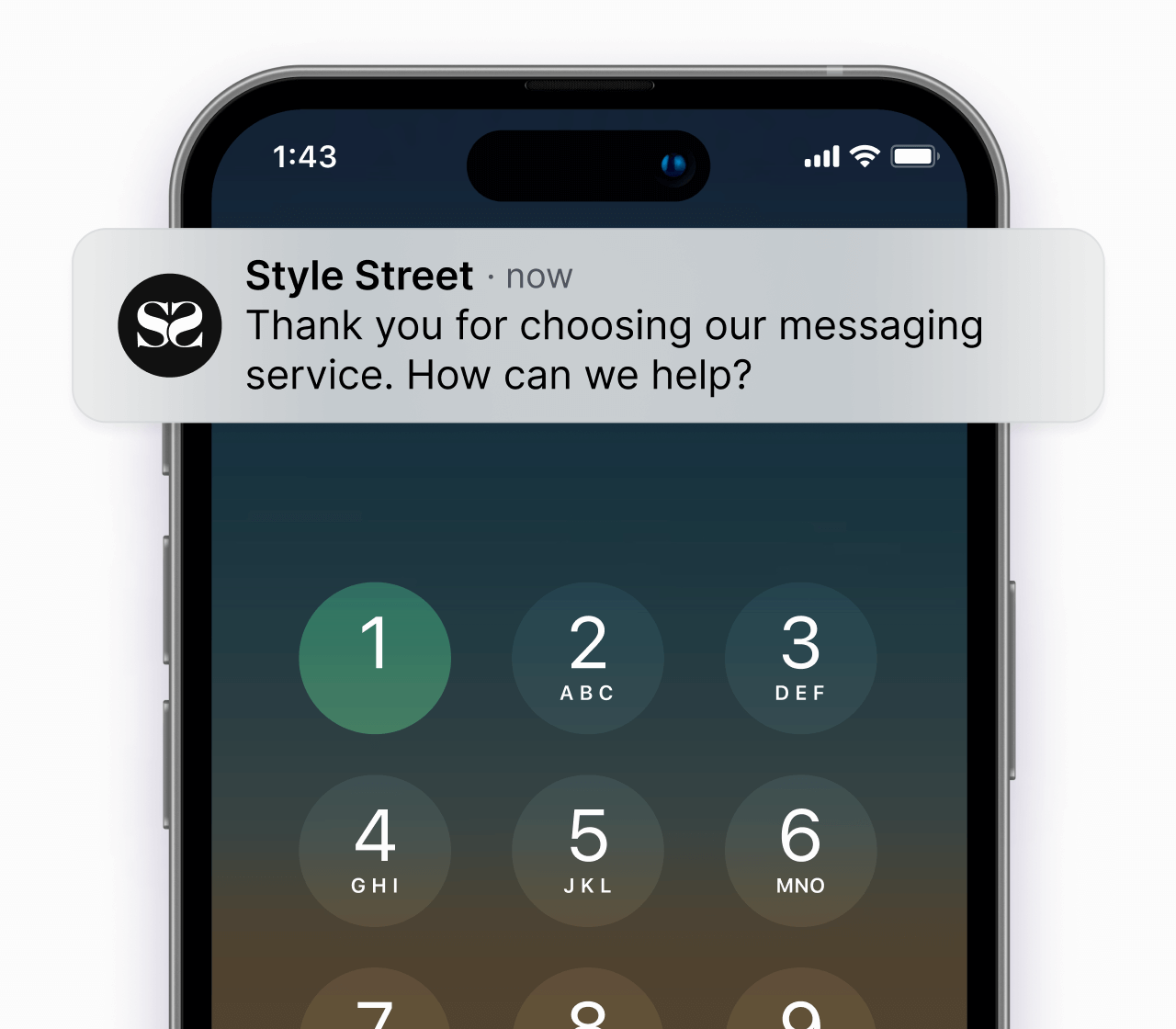
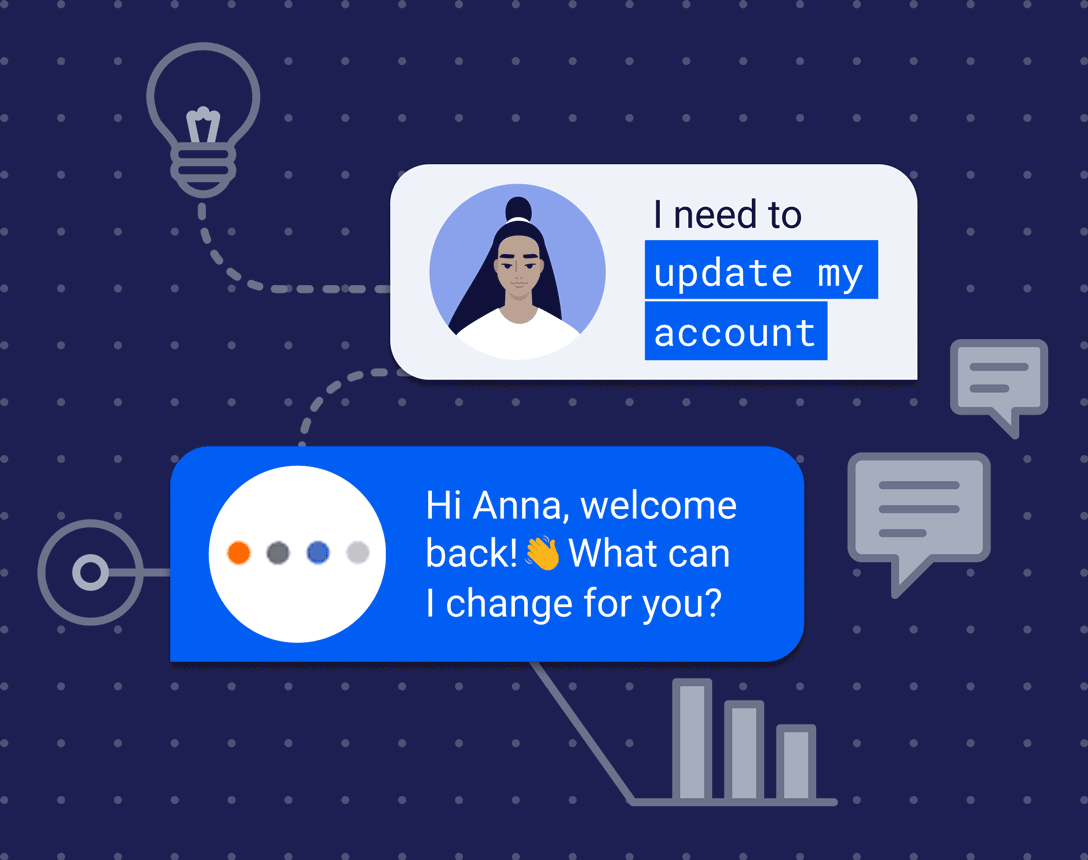
CCaaS in the wild: LP 360
examples and use cases
So now you’ve got a grasp on what CCaaS is and what it’s used for — but what does it look like in the real world? These use cases explain how such solutions work to help businesses in everyday life.

The realReal
Building luxury-level digital customer experiences with LP 360
The RealReal got ahead of hiring challenges by supplementing their team with LP 360 agents and shifted most of their call volume to messaging channels. The impact of LP 360? A 10% rise in their customer satisfaction score.

Mindvalley
Transforming customer service with LP 360
Looking to better align their customer care program with their mission, Mindvalley enlisted the help of LP 360, LivePerson’s managed contact center solution, to deliver an experience as supportive as their programs resulting in a 91% CSAT.
Ready to get started?
Implementation guide
Selecting a CCaaS provider and initiating their services is just the beginning of a journey that requires thoughtful planning and execution. Implementing managed cloud contact centers into your business takes time and effort — but the payoff is very much worth it. We’ve put together a guide to help you every step of the way.
Step 1: Assess your business needs & objectives
Identify requirements: Determine your business needs, including the volume of customer interactions, preferred communication channels, required features (IVR, CRM integration, analytics), and scalability requirements.
Define objectives: Outline specific goals, such as improving customer satisfaction, increasing efficiency, reducing costs, or enhancing contact center agents’ productivity.
Step 2: Research & choose a CCaaS provider
Market research: Explore various CCaaS providers, comparing their offerings, pricing models, scalability options, security measures, and customer support.
Vendor selection: Select a provider that aligns with your business needs, offers the required features, and has a reputation for reliability, security, and excellent customer service.
Step 3: Plan implementation & integration
Integration analysis: Assess existing systems (CRM, ERP) to ensure smooth integration with the chosen solution. Plan the integration process to avoid disruptions.
Implementation strategy: Develop a timeline and strategy for the CCaaS deployment. Coordinate with the vendor for setup, configuration, and agent training.
Step 4: Customize & configure CCaaS platform
Customization: Tailor the platform to meet your specific business requirements. Set up IVR menus, call routing rules, agent scripts, and any other necessary configurations.
User training: Conduct comprehensive training sessions for agents and administrators to familiarize them with the platform’s features, functionalities, and best practices.
Step 5: Test & launch
Testing phase: Perform rigorous testing of the CCaaS setup to ensure functionality, integration, and user experience. Identify and resolve any issues or discrepancies.
Soft launch: Initiate a soft launch to test the service in a live environment with a limited set of interactions before full-scale implementation.
Step 6: Optimize & monitor performance
Performance analysis: Monitor key contact center performance metrics like call volumes, wait times, first-call resolution rates, customer satisfaction scores, and agent productivity.
Continuous improvement: Use the analytics and reporting tools provided to gather insights and make data-driven decisions. Implement optimizations and adjustments to enhance operations and customer experiences.
Step 7: Regular review & adaptation
Regular assessments: Conduct periodic reviews to assess the effectiveness of your contact center as a service solution in meeting business objectives. Gather feedback from agents and customers for ongoing improvements.
Adaptation and upgrades: Stay updated with new features, technological advancements, and industry trends. Adapt the CCaaS setup accordingly to remain competitive and aligned with evolving customer needs.

Best practices and pitfalls
As with most new tools and technology, there are some dos and don’ts when it comes to implementing CCaaS. We’ve put together a cheat sheet of some best practices and common pitfalls so you can hit the ground running.
Taking the next steps
In today’s social and technological landscape, Contact Center as a Service (CCaaS) is more than just a trend; it’s a paradigm shift in customer service. With technologies like AI and cloud-based systems at the forefront, businesses can now offer seamless, personalized customer experiences that were once unattainable. With so many options out there, it can feel overwhelming to take the next step — but we’re here to help cut through the noise and find a CCaaS solution that works for your business.
The future of customer service is digital, automated, and deeply integrated with AI. By leveraging LP 360, businesses can tap into the true potential of AI-powered conversations, ensuring not just improved operational efficiency, but also elevated, seamless customer experiences.






















